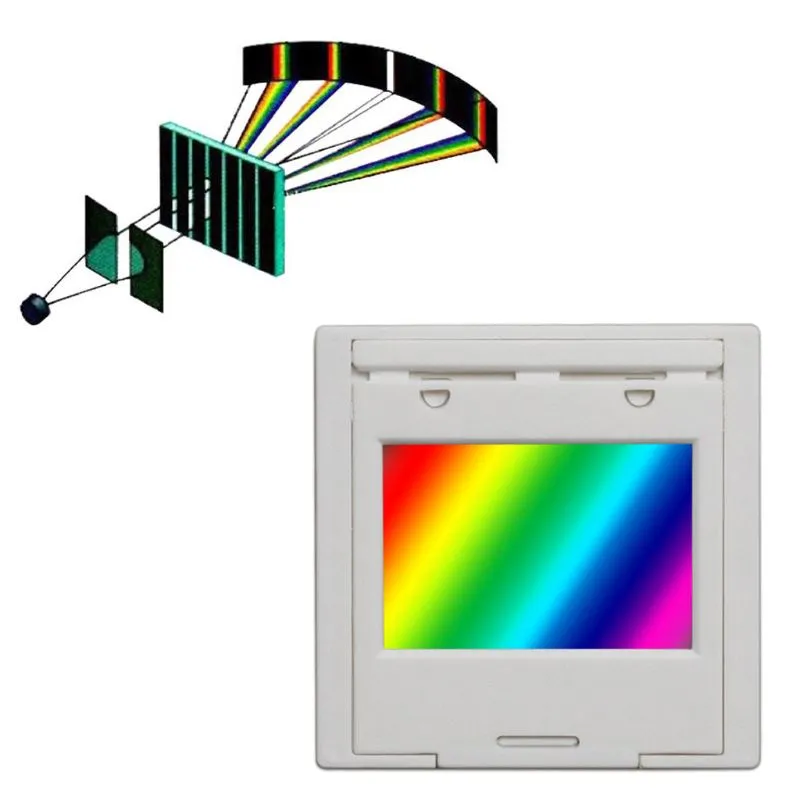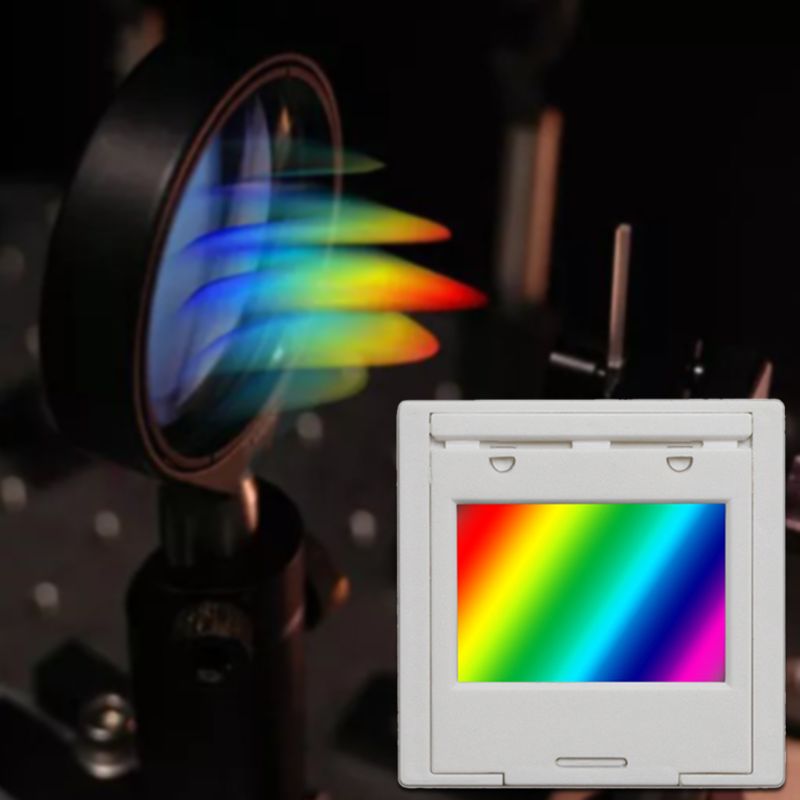

Of course, the applications need to be adapted accordingly.Īs long as the beam angles against the surface are close to perpendicular, a low polarization sensitivity can also be achieved. This is one of the reasons why transmission gratings are often designed with a lower line density such as to limit the angular range of the involved beams. containing a metallic reflector, can be achieved over a wide range of angles of incidence, it is more difficult to obtain low reflection losses of a transmission grating over a large angular range. While a high reflectance of a reflection grating, e.g. Therefore, one sometimes uses uncoated gratings, accepting a certain amount of reflection losses. Unfortunately, such coatings can have a high performance only in a limited angular and spectral range. It is also usually necessary to suppress Fresnel reflections, e.g. A particularly prominent example is fused silica, which also exhibits a very wide spectral transmission range. In many cases, one fabricates transmission gratings based on robust optical materials (mostly glasses) with high optical quality and well established processing methods. This is an easily met condition for visible and near- infrared light, but means stringent limitations for the choice of optical materials in other spectral regions such as the far ultraviolet and the far infrared. However, for transmission gratings the application of that principle differs in some respects from the situation of reflection gratings: Light Transmission Through MaterialsĪ transmission grating must be fabricated from a well transparent medium, i.e., with low absorption and scattering losses.

The operation principle of all diffraction gratings, including transmission gratings, is based on the diffraction of light. See the article on diffraction gratings concerning fabrication methods. The latter have a diffractive structure at or near one of their surfaces. Transmission gratings can be volume Bragg gratings or surface relief gratings. This is in contrast to the more common reflection gratings, which reflect all incident light, as far it is not absorbed or scattered. Transmission gratings are diffraction gratings which are used in transmission.
#REFLECTION GRATING HOW TO#
How to cite the article suggest additional literature Definition: diffraction gratings which are used in transmissionĬategories: general optics, photonic devices


 0 kommentar(er)
0 kommentar(er)
